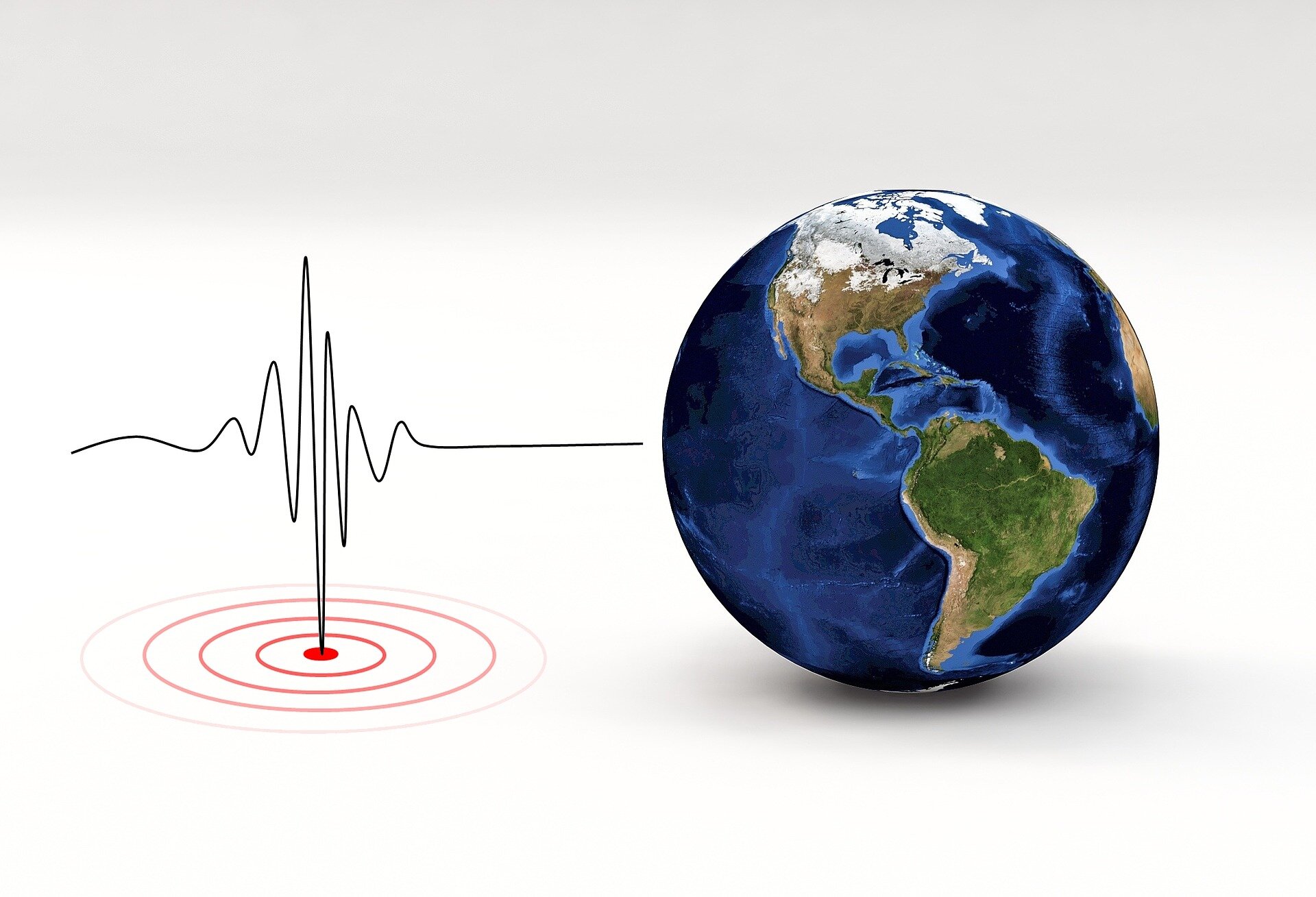- As Florida reels, focus turns to restoring power, assisting victims in Hurricane Milton's wake
- Ancient climate analysis reveals unknown global processes
- How mainstream climate science endorsed the fantasy of a global warming time machine
- A patchwork of spinifex: How we returned cultural burning to the Great Sandy Desert
- Humanity's future depends on our ability to live in harmony with nature
What do you believe is the single most important factor driving up the cost of living in Nigeria?

Ancient climate analysis reveals unknown global processes
According to highly cited conventional models, cooling and a major drop in sea levels about 34 million years ago should have led to widespread continental erosion and deposited gargantuan amounts of sandy material onto the ocean floor. This was, after all, one of the most drastic climate transitions on Earth since the demise of the dinosaurs.
Yet a new Stanford review of hundreds of studies going back decades contrastingly reports that across the margins of all seven continents, little to no sediment has ever been found dating back to this transition. The discovery of this globally extensive gap in the geologic record was published this week in Earth-Science Reviews.
"The results have left us wondering, 'where did all the sediment go?'" said study senior author Stephan Graham, the Welton Joseph and Maud L'Anphere Crook Professor in the Stanford Doerr School of Sustainability. "Answering that question will help us get a better fundamental understanding about the functioning of sedimentary systems and how climatic changes imprint on the deep marine sedimentary record."
The geological gap offers fresh insights into sediment deposition and erosion processes, as well as the broader environmental signals from dramatic climate change, which could help researchers better grasp the global enormity of today's changing climate.
"For the first time, we've taken a global look at an understudied response of the planet's largest sediment mass-movement systems during the extreme transition of the Eocene-Oligocene," said study lead author Zack Burton, Ph.D. '20, who is now an assistant professor of Earth sciences at Montana State University.

- October 12, 2024
Homa Bay County launches child protection policy

- October 12, 2024
Over 700 learners transition to formal school at Builsa-North



- October 12, 2024
Group donates 210 textbooks to schools in Akporkploe Electoral Area

- October 12, 2024
Archive tells of cracking ancient Greek language


- October 12, 2024
Scientists track and analyze lofted embers that cause spot fires
Subscribe to our mailing list to get the new updates!

Subscribe our newsletter to stay updated
Thank you for subscribing!






